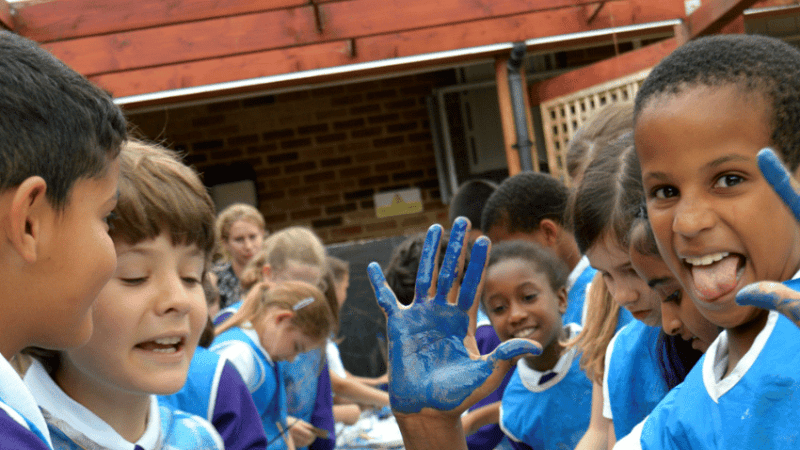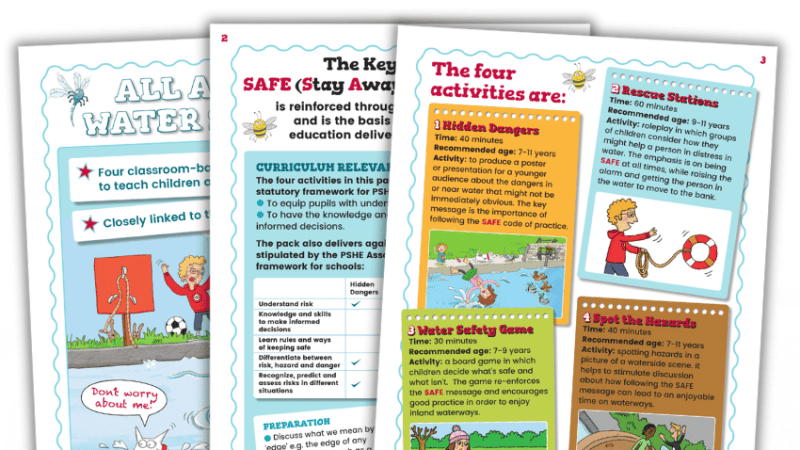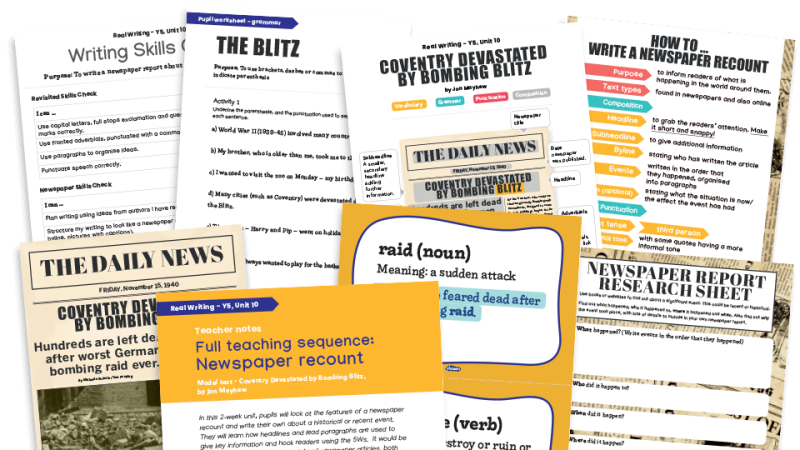How To Succeed With The Early Years Pupil Premium

Used effectively, Early Years Pupil Premium funding really can make a difference, explains Sue Fisher
- by Sue Fisher

The Early Years Pupil Premium (EYPP) was introduced by the government in 2015 with the aim of narrowing the attainment gap between the most disadvantaged children and their peers.
Children for whom early years settings receive EYPP come from low-income families in receipt of an eligible benefit, or have been adopted, are subject to a special guardianship or child arrangement order, or are being looked after by the local authority.
EYPP is paid each term by local authorities to early years settings for eligible three- and four-year-olds. This funding is often delayed, however, and is paid to the setting later in the term during which the funding is provided. Some settings have found this causes difficulties, whilst others have addressed the issue by working on a mid-term to mid-term or half-yearly basis.
Another challenge for managers is to ensure that interventions really target each child’s needs, and decisions should be based on secure information regarding eligible children gained through working closely with parents and the child’s key person to establish a clear picture of their background and individual situation.
Analysing this evidence provides a sound starting point for agreeing future interventions. In the case of a child found to be working within their age-appropriate developmental level, funding can be used to build and reinforce knowledge and experience.
Targeting support
The government has stated it expects “providers will consult the evidence on what works in improving quality when making decisions about how to use the EYPP funding” (Gov.uk).
Whilst other children will almost certainly benefit from long-term improvements and additions to provision, it’s essential to ensure that the decisions you make will primarily benefit eligible children. A popular approach to this has been for settings to work together to share ideas and develop practice.
Developing a cluster group of local settings enables costs, resources and ideas to be shared, and can present opportunities for training. Such groups can work together to identify local needs and access training from experts in areas such as speech and language, playing and learning outdoors. and personal, social and emotional development, in particular self-regulation. These are all areas of need that settings report to be regularly occurring. Following training, one-to-one support with the child from their key person will be effective in putting into practice newly acquired knowledge and skills.
Additionally, groups could approach ‘feeder schools’ for information on children’s achievement levels in specific areas as they progress through school. Such forward thinking can help to inform decisions on the current interventions most likely to offer future long-term success.
Strengthening links with home
Research confirms that the involvement of parents in their child’s learning has a particularly positive effect. This is additionally important when the child’s attendance is poor. Interventions could include home learning packs, postcards and letters suggesting activities at home to support the child’s particular areas of need, as well as the loaning of specific resources.
The team at one setting I work with have created a home/nursery sharing library containing picture books, early phonics resources and books on feelings and developing independence. This has proved a great success and is now being extended to include story bags and puppets.
Widening children’s experiences
Some children have limited opportunities for outdoor play and exploration. Extending opportunities outdoors, as well as incorporating trips and visits is likely to impact positively on the child, especially when these are linked to individual interests and fascinations. A wealth of additional opportunities can result from this, as well as building enthusiasm for learning.
Whilst forest school offers a specific approach, one setting I know utilises part of its EYPP funding to support weekly visits to a local woodland area, and staff speak highly of the progress made by all children in this alternative environment.
Staff development
For value-added benefit, when purchasing resources to support individual needs, consider whether training is available in their use. Practitioners who have attended Numicon training, for example, have found it has inspired them in making effective use of their newly acquired resources.
The setting up of a professional development library will support staff in accessing relevant information and ideas to support all children in their care, and can be added to on a termly basis when the needs of additional children attracting EYPP funding becomes known.
Monitoring impact
The interventions you employ must be monitored to judge their effectiveness, clearly identifying their impact on children’s development.
Whilst some settings measure this success through their current systems for assessing, tracking and evaluating the progress of all children in the setting, others have developed more thorough record-keeping approaches that clearly identify success in narrowing gaps in attainment. Whichever method you implement, you must ensure individual starting points are identified and recorded, alongside progress made to accurately assess the effectiveness of the implemented interventions.
In addition, managers will need to keep clear records of how the funding has been spent and reflect on practice before making decisions for future expenditure. Analysis of individual needs may highlight areas for general improvement, and therefore these findings will help to inform management information systems and decisions for future planning for the whole setting.
Source: EYPP Providers Survey 2017
Whilst the implementation of the EYPP is still in its early stages, developing supportive, imaginative and effective strategies is already proving successful for many children and the settings they attend.











